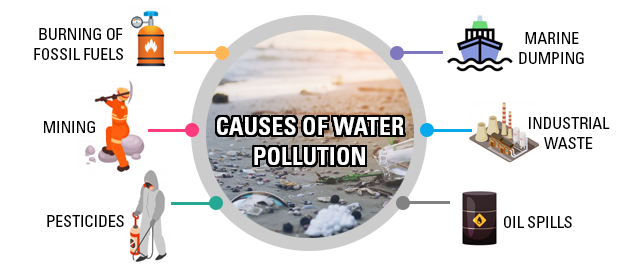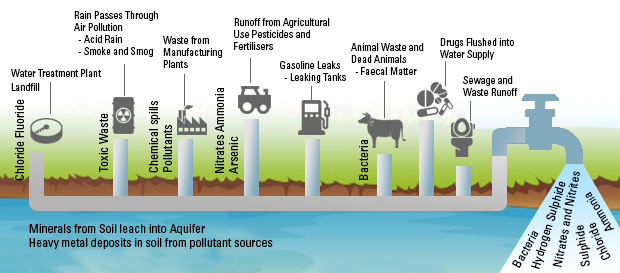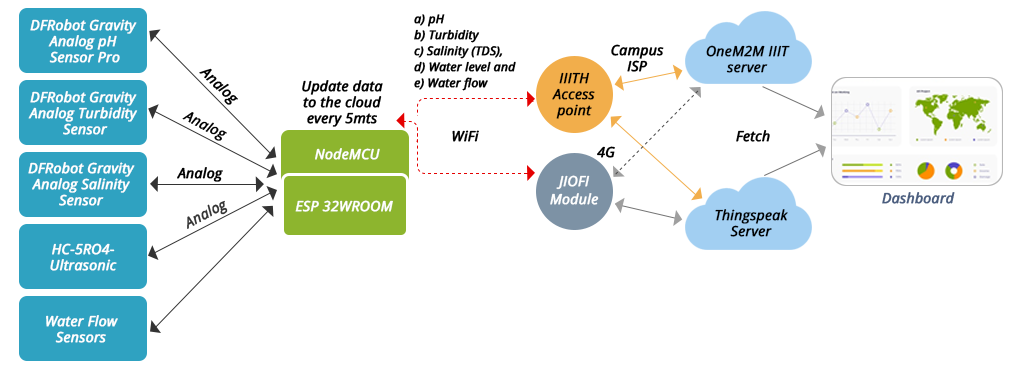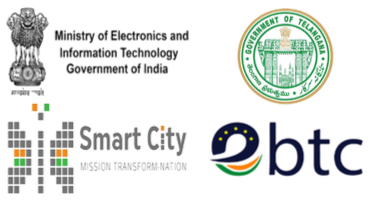

Why is it important?
Water is one the most important and basic requirements of human beings. There is only about 0.3% of usable water and rest is sea water and frozen in glaciers.
The main sources of water pollution are the following:
- Discharge of untreated Raw Sewage from households and factories
- Chemicals dumped from Factories
- Agricultural run-offs that make their way into our rivers and streams and groundwater sources Urbanization
- The rising use of synthetic organic substances
- Oil Spills
- Acid Rain caused by the burning of Fossil Fuels
- Human littering in rivers, oceans, lakes and other bodies of water. Harmful litter includes plastics, aluminium, glass and Styrofoam.
Impact
| Substance | Effect on health |
| Chemicals | water also has negative effects on our health. |
| Pesticides | can damage the nervous system and cause cancer because of the carbonates and organophosphates that they contain. Chlorides can cause reproductive and endocrinal damage. |
| Nitrates | are especially dangerous to babies that drink formula milk. It restricts the amount of oxygen in the brain and causes the “blue baby” syndrome. |
| Lead | can accumulate in the body and damage the central nervous system. |
| Arsenic | causes liver damage, skin cancer and vascular diseases |
| Fluorides | excessive amounts can make your teeth yellow and cause damage to the spinal cord. |
| Petrochemicals | even with very low exposure, can cause cancer. |
What are we trying to do?
At IIIT Hyderabad we are measuring the TDS, pH, turbidity and water level. Keeping a look at the water level we can regulate the water usage and problems with the water system. This will reduce the wastage of water. We can monitor the level of pollutants so that we can filter it more.



Features
-
Monitor the quality and quantity of water in and around the campus by measuring the following parameters
- pH
- Turbidity in NTU
- Salinity(TDS) in ppm
- Water level in cm
- Water flow
- Issue alerts in case the quality deteriorates below acceptable levels or Leakage detection
- Data logging available for every 5 minutes
- Denser deployment identifying pollution at minute level.
- Water saving by controlling the water supply as per the consumption requirement
Research
- Understanding the water consumption for a defined area and population using water flow sensors and Leakage detection is also done by using the same data.
- Water saving by controlling the water supply as per the consumption requirement.
